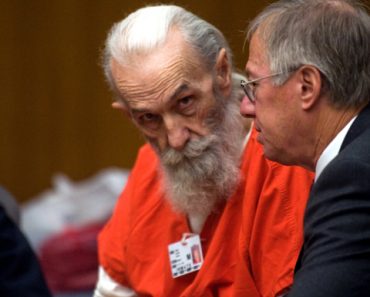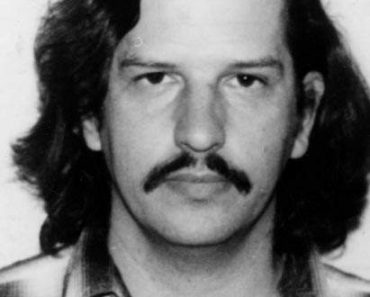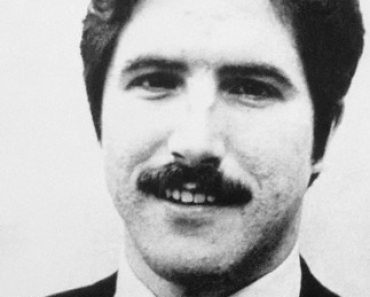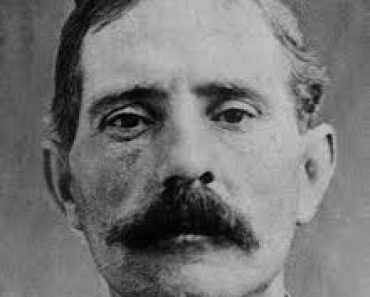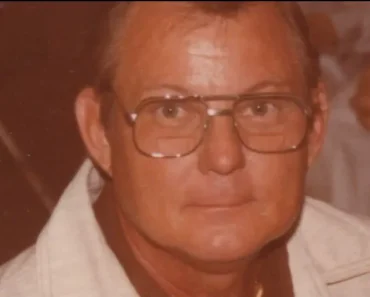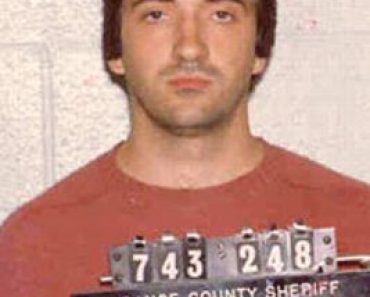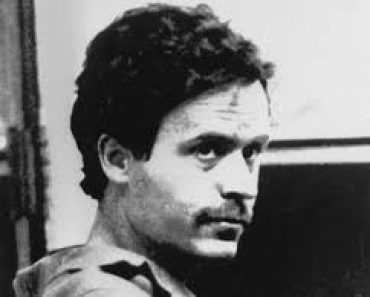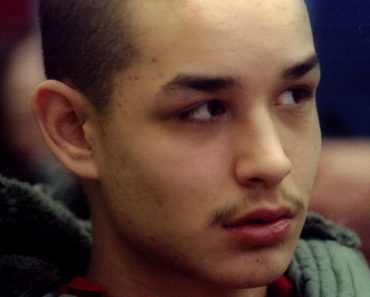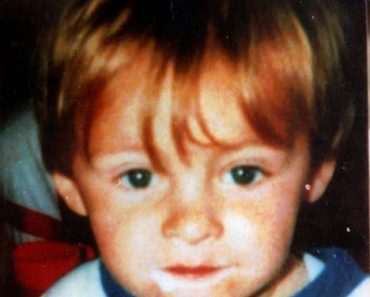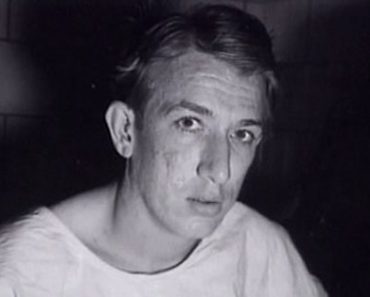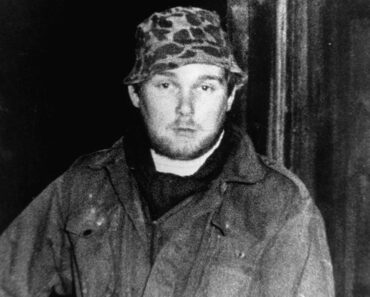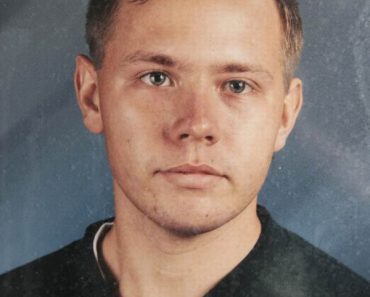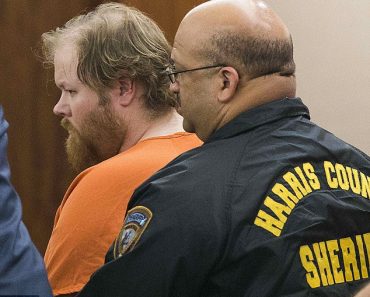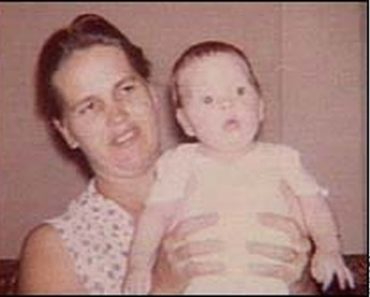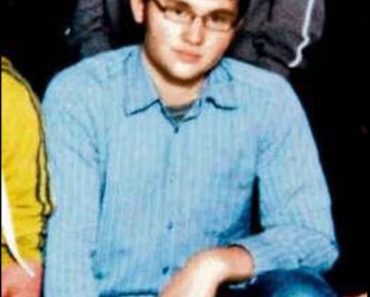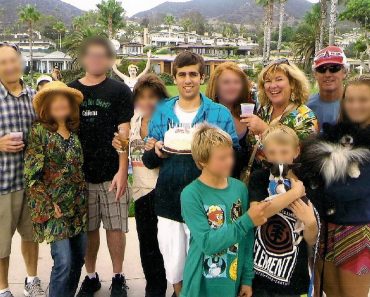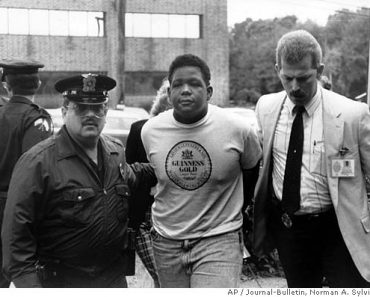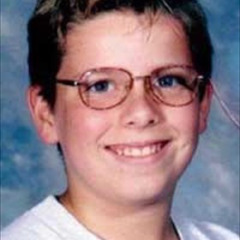
Jerry Lee Alley
John Silva – Child Killer
Jerry Lee was just a little boy, a twelve-year-old who loved Pokemon cards, repairing bicycles, Nintendo, playing his flute and, most of all, his grandparents. He was just a little boy who loved life despite having been abandoned by his parents, and despite taunts of “homo” and “faggot” by some of the infamous school bullies in reference to his small stature and gentle nature.
Jerry Lee had a dimpled smile that put everybody at ease. His teachers praised him for his hard work and cooperation; the adults who knew him valued his manners and his easy-going and friendly attitude. He had been given a special award in band for practice over and above the call of duty. He wanted to be sure he would perform his best in the concert scheduled for the following Tuesday.
Jerry Lee Alley
He lived in Interlachen, Florida, a tiny community just thirty miles from the sprawling, college town of Gainesville. It is a town that houses ancient mansions on one side and mobile homes on the other. A community so small that everybody knows everybody, it is nestled among old oak trees and a vast supply of lakes where tourists and retirees can feel at peace; a community that is safe.
And, Jerry Lee Alley died there, the victim of a senseless and brutal murder. But, even more shocking was who had taken little Jerry Lee’s life.
On Friday, May 26, 2000, Jerry Lee did what most kids did in Interlachen after school. He kissed his grandpa, slung his backpack over his shoulder, climbed aboard his precious black and red bicycle and went out to ride around the sandy, dirt roads near his house. When six o’clock and dinnertime rolled around, his grandparents knew that something was terribly wrong – their dependable, predictable baby didn’t come home. He was afraid of the dark. They knew he would never stay out late.
Marvin Alley searched for his grandson; he went everywhere the boy could have gone. He made two trips to the Silva house. John Silva, a fifteen-year-old who attended the same middle school as Jerry Lee was one of his newest friends. Their friendship had begun over a Nintendo game and was cemented at the Pokeman Trading Card Club that met at C. H. Price Middle School.
John Silva
John Silva lived only a short distance from the Alleys in a mobile home with his mother, his sister, and his grandparents. John said he hadn’t seen Jerry Lee at all. Then, he said a very strange thing to a friend of his sister’s who was at the house: “What a terrible way to die.” Nobody knew that Jerry Lee was dead.
Partly because of his age, and partly due to the fact that everybody who knew Jerry Lee was sure that he wouldn’t voluntarily leave, the authorities launched an immediate search. There was no 24-hour waiting period, just immediate action with tracking dogs, helicopters, firemen, policemen and hundreds of civilian volunteers. For three days, they diligently combed every inch of the ubiquitous wooded areas that surrounded Interlachen; every one of the many lakes and streams and every abandoned lot within the city. The same three torturous days, Anne and Marvin Alley prayed each time their phone rang. Prayed it would be Jerry, but knowing that after this long, it wouldn’t. It appeared that he would never be found. But for a discarded automobile and a strange dream, Jerry Lee might have spent his eternity in a cast off septic tank.
Police headquarters received a call that a car had been sitting for a couple of days in a field that was littered with discarded furniture, car parts, and all manner of items that had outlived their usefulness. They immediately dispatched an officer, hoping it may lead to some information in the disappearance of Jerry Lee.
John Silva
The area had previously been searched, but nothing had turned up. A policeman, checking out two sets of bicycle tracks had even walked beside a commercial pallet on the ground. There was an ominous, offensive odor permeating the area, but he passed it off as the garbage strewn about. The pallet appeared to him to be simply lying on the ground. He had no reason to believe it covered a hole large enough to hold a body. The car turned out to be disabled from broken tie rods with a note attached that it was to be hauled away. But, Dawn Bachman, another Interlachen resident, arrived with a strange story while the investigators were still there.
She knew that she would be suspect. She feared that she would be ridiculed, but she was so disturbed by her dream from the night before that she decided she would take the risk. (In fact, during the trial, the defense attorney hinted that her knowledge didn’t come from a dream, but it was only a ploy to cast reasonable doubt.) She knew little Jerry Lee and her dream had told her where he was. On this same piece of land there existed an abandoned septic tank that the kids used for a fort. It had steps leading down and was a great place to hide. In her dream, she saw Jerry Lee’s battered body inside.
John Silva
The volunteer fireman she garnered didn’t want to believe her; he knew that the land had been thoroughly scoured the day before. She was insistent. If necessary, she would check it herself, but she was terrified at what she would find. They walked through a forest of trees and passed a ragged, rain-soaked orange couch; they passed the remains of a burned out mobile home; they arrived at the industrial pallet the policeman had ignored. “Move it,” Dawn insisted.
When the volunteer fireman pushed the pallet aside, he knew their search for Jerry Lee had come to an end. He shined his light into the deep, dark hole beneath the pallet. The small, crumpled body of Jerry Lee Alley lay beneath his treasured red and black bicycle and it was apparent that he had been dead for several days.
Jerry’s body was found with his hands tied behind his back and to his ankles with an Ace bandage, the medical type used to support sprained limbs. He was, in fact, “hog-tied.” Another Ace bandage and an electrical cord were wound around his throat; the bandage, tightly wrapped four times and the electrical cord tied in a loose slipknot. Even though the cord was loosely tied, the knot pressed hard enough against his skin to leave pressure marks and cause an internal, linear hemorrhage. His pants and underwear were pulled below his buttocks, and his pants pockets had been cut. The autopsy revealed that little Jerry had died of strangulation only hours after going off to ride around the unpaved, sandy, forest-lined streets that he called home. But, despite the appearance of his clothing, there was no evidence that Jerry had been raped.
John Silva
Inside the septic tank, along with Jerry’s remains and his bicycle, the investigators uncovered his empty, green backpack, three Pokemon cards, and an odd note, penned in blue ink on lined, notebook paper. The words on the note were badly spelled. It said:
-
LIST TO PREPAIR JAREY
-
STRIP TO UNDERWARE +RAP IN TOWER
-
TIE HANDS
-
GAG
-
COVER EYES
No one was able to determine what the phrase “rap in tower” meant unless it was intended to read “wrap in towel.” The other lines were ominously clear.
Investigators, acting on the appearance of Jerry’s clothing, obtained alibis and cleared all known sex offenders in the area, in spite of the lack of rape evidence. The possibility existed that someone had been interrupted. However, no matter which they way they went, the trail kept leading in only one direction: too many people believed that the Silva house was the last place Jerry Lee had been seen alive.
John Silva
Stephanie Taylor finally confided to the police that John Silva had been acting strangely on the afternoon of Jerry Lee’s disappearance. He had left the house immediately behind Jerry Lee with a brown paper bag on the handlebars of his bike, was gone only about half an hour, and returned dirty and sweaty without the paper bag. He had been unusually quiet until the off hand remark, “What a terrible way to die.” This information gave the police the break they needed; the day after finding Jerry Lee’s body, John Silva was arrested. As unbelievable as it was to all concerned, it appeared that 15-year-old John Silva had murdered his unsuspecting friend.
 Under the friendly, gentle tone of the interrogators, John Silva’s story kept changing. “I didn’t see him at all;” “We left together to look for another friend and he rode off with them;” “It was probably some pervert with a car.” That raised a red flag to the investigators — the condition of Jerry Lee’s clothing hadn’t been released. Finally, at the end of the second hour of questioning, John Silva said he had a message for Jerry Lee’s grandparents. “Tell them I didn’t mean for this to happen. Tell them I’m sorry.”
Under the friendly, gentle tone of the interrogators, John Silva’s story kept changing. “I didn’t see him at all;” “We left together to look for another friend and he rode off with them;” “It was probably some pervert with a car.” That raised a red flag to the investigators — the condition of Jerry Lee’s clothing hadn’t been released. Finally, at the end of the second hour of questioning, John Silva said he had a message for Jerry Lee’s grandparents. “Tell them I didn’t mean for this to happen. Tell them I’m sorry.”
John Silva
However, his confession produced a scenario of events that could not have been. He said that he and Jerry were riding their bikes looking for a friend when they stopped at the septic tank, known to the local kids as “The Fort,” to wrestle and Jerry had been hurt in the rough play. John took Jerry down into the tank to “cool down,” something Jerry frequently did when he was angry. On the way down the steps into the tank, Jerry fell and hit his head. Amid tears and sniffles, John continued. “I tried to stop Jerry’s head from bleeding so much with an Ace bandage. I had the bandage with me because I injured my leg a few weeks ago. I tried to keep Jerry awake. I tied his hands in front of him to keep him from getting hurt. Then, I got scared. I left him there after I threw his book bag and bicycle in after him.”
John also stated that he had attempted to stanch the blood flow from Jerry’s head with another Ace bandage, which he threw away at the site. He was sure Jerry was dying because of the great amount of blood that was coming from the head injury. No bloodied Ace bandage was located anywhere near the death scene. John said he spent at least twenty minutes with Jerry inside the tank. He covered the tank with the wooden pallet and partial septic tank cover before he left him there. When asked why he hadn’t called for help, he said he panicked.
John Silva
The detectives didn’t tell John at that time that his story didn’t gel. They didn’t remind him that Jerry’s hands were tied behind his back and joined to his ankles and that the medical examiner found no head wounds during the autopsy. They didn’t tell him that his fingerprints, along with Jerry Lee’s, were the only ones found on the bizarre note. They didn’t tell him that the handwriting and writing style matched his from papers they had obtained from school.
John’s mother said she had seen the note two or three days prior to the incident and that he had told her it was a practical joke. Why didn’t this raise red flags for her? No mother wants to believe her young child is a murderer; she accepted his explanation at face value. She said that John was an excellent speller, so it had to be a joke. But, the school papers proved that he consistently crossed out misspelled words, rewrote them correctly, then misspelled them again in the same paper. Just like the words on the note; towel had been crossed out and rewritten as tower. Her information, which was intended to help, actually gave the investigators the information they needed to prove premeditation.
John Silva
John Anthony Silva, although only fifteen, would be tried as an adult. The heinous nature of his crime and the premeditation removed any hope he had of a juvenile facility. The jury would not be called upon to determine guilt; there was no question that John was Jerry’s killer. It would only be up to them to decide if it had been premeditated murder, manslaughter, or an accident, as John had claimed in his taped confession. The best that the defense could hope to do was to create reasonable doubt or negate John’s responsibility in Jerry’s gruesome death and convince the jury that fate had been in the hands of rough play.
The grand jury handed down a decision: the evidence was sufficient to support the state’s charge of first-degree murder. There were numerous postponements and it wasn’t until February 2001, a full eight and a half months after Jerry Lee’s death that a trial finally began.
In his first court appearance, John had displayed no emotion or remorse when he entered his plea of “Not Guilty.” He didn’t appear to appreciate the seriousness of his crime. He expected to be treated as a child. He was sure they would accept his explanation of an accident. His demeanor, however, changed considerably during the trial. He began to realize that being fifteen would only save him from the death penalty, not from spending the rest of his life in prison. He covered his face and sobbed when poster-sized crime scene photos were shown. He was “the thief that wasn’t sorry he had stolen, only that he had been caught.” It took the jury just two hours to reach a verdict. He nearly collapsed and had to be supported by his defense team when “Guilty of First-Degree Murder” was read. He would spend the rest of his life in prison without the possibility of parole, being incarcerated in a secure juvenile facility until he reached the age of 21.
John Silva
After the verdict was read and John Silva had been led away to begin his sentence, Marvin Alley embraced Cynthia Silva, John’s sobbing mother. He held neither bitterness nor grudge toward this woman. As the Alleys left the courtroom that day, clutching the sixth grade picture of their grandson, Anne told a reporter “This was a bittersweet victory. Two boys were lost.”
Band instruments have been purchased in Jerry Lee’s name. A tree has been planted bearing a plaque in his memory. The residents of Interlachen have lost some of the trust they have always had in their safe community. No one is sure in whom they can now place their confidence. They tend to keep their children a little more tightly reined in. No one, not even John Silva, knows what caused him to snap that day. There were speculations that the Pokemon trading cards had caused trouble; there was the hint of a girl they both liked; neither motive had any basis. The appearance of Jerry Lee’s clothing could bring about a sexual motive, but that was never addressed. John Silva had no malice toward his friend that anyone could ascertain. There appeared to be no jealousy between them. They hadn’t even had an argument. They were just two boys going out to play with only one coming back alive. And he would live out his life behind bars.
credit murderpedia / Judy Dixon




